The Best 5 Tips to Develop and Prioritize Product Backlog
Are you struggling to prioritize your product backlog? These 5 tips will help you determine what features are most important for your product's success. Learn how to streamline your development process and deliver the best possible product to your customers.
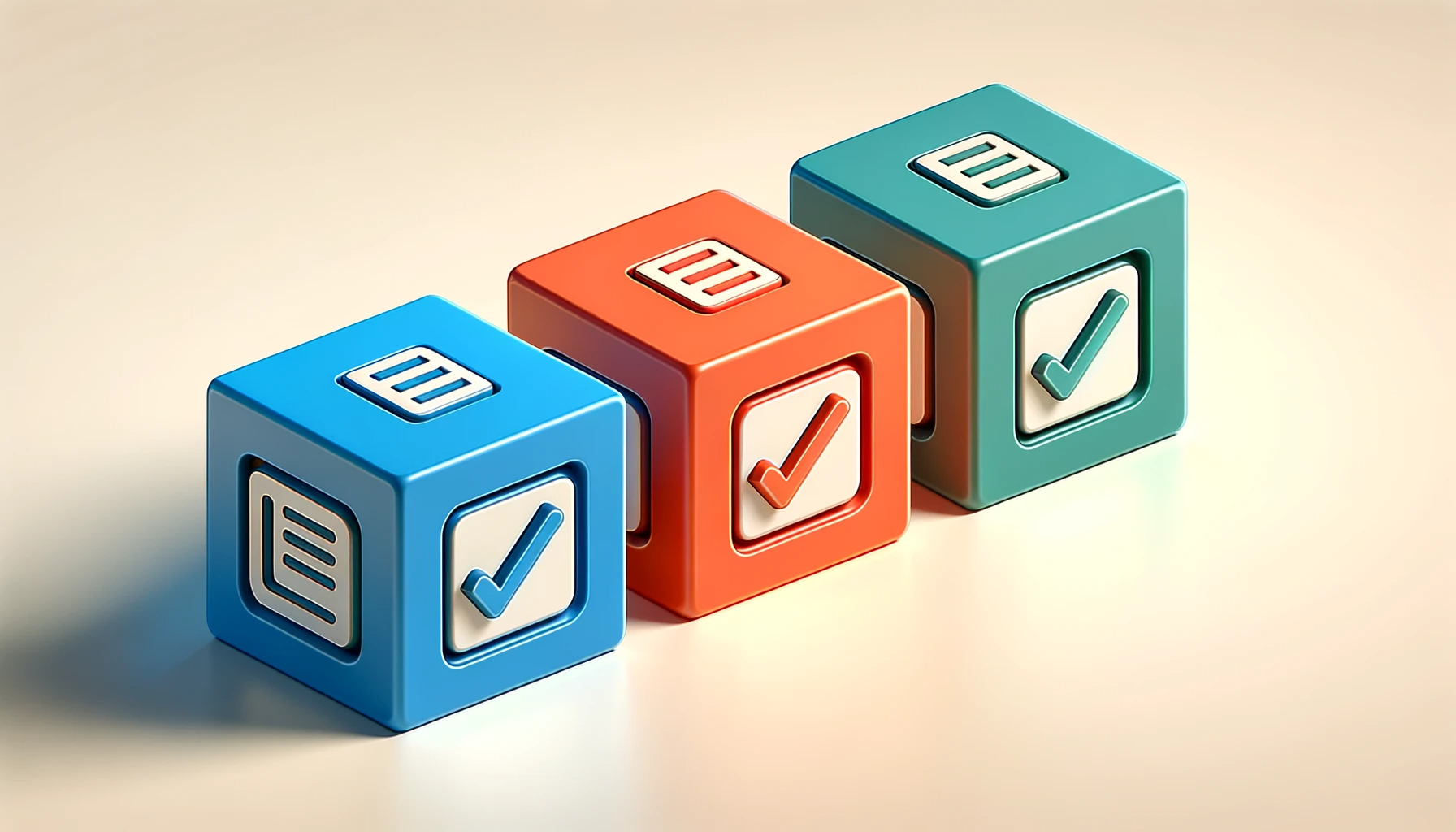
Having an understanding of how to develop an optimal product backlog and prioritize tasks is essential for product owners and project managers.
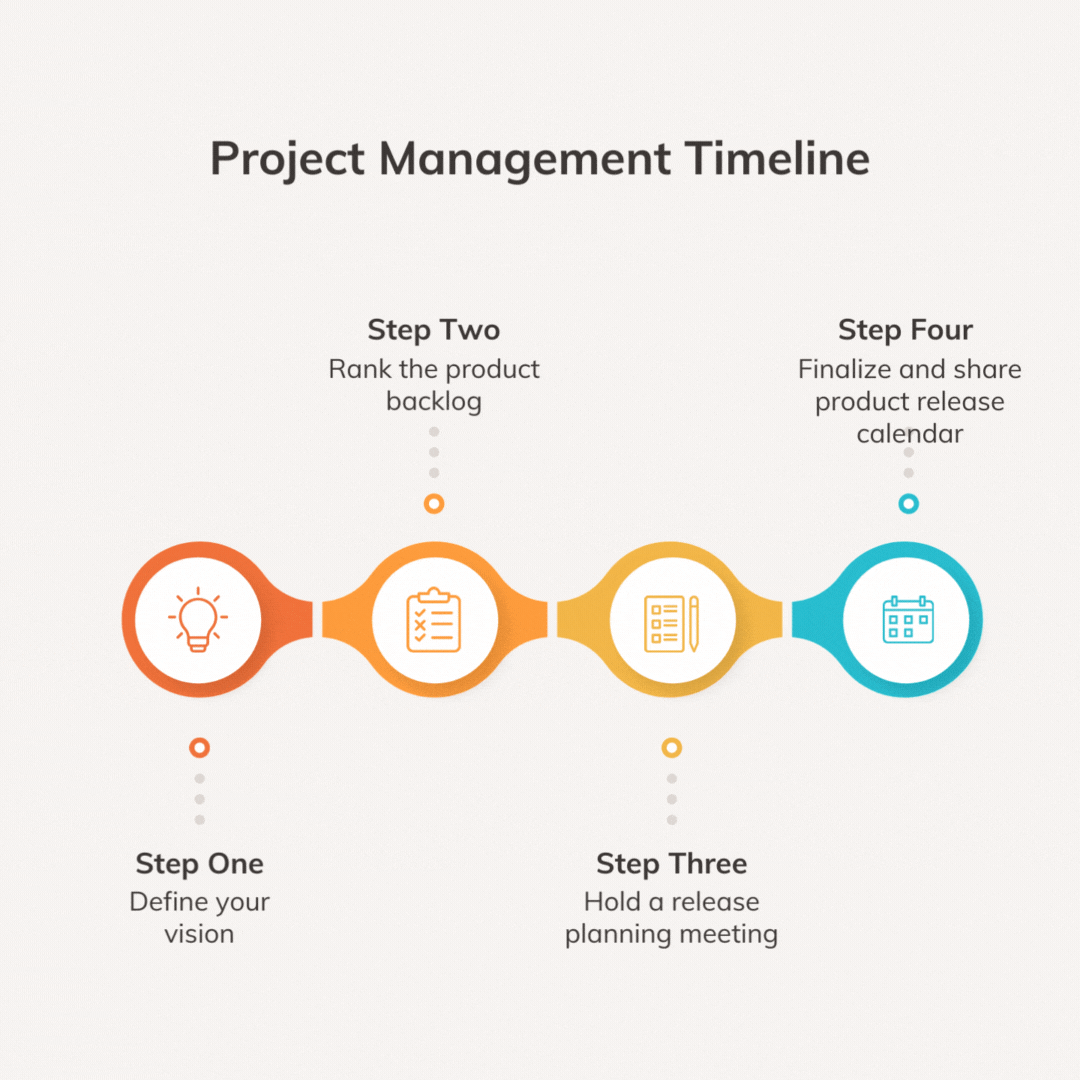
The problem: When it comes to managing a product backlog, research suggests that finding the right balance between customer needs and the constraints of technology, budget, and deadlines can be a daunting task, especially when the backlog is extensive.
However, with the correct techniques, you can optimize your workflow and provide your users with what they need when they need it.
What is a Good Product Backlog
💡Both project managers and product owners should maintain a product backlog to help with organization and tracking.
How to define a product backlog❔
A product backlog is essentially a list of features and tasks that are necessary for a product's development.
Product backlog is a prioritized list of tasks that need to be completed in order to improve or enhance a product.
It's used in Agile development, which is a method of software development that focuses on delivering value to customers in short, iterative cycles.
The product backlog is created and maintained by the product owner, who is responsible for prioritizing the tasks based on factors like customer value, business value, and technical complexity.
It's a living document that is constantly updated as new information becomes available and priorities change.
Does Product Backlog Contain Epics❔
Product backlogs can definitely contain epics. In fact, epics are often used to organize and break down large tasks into smaller, more manageable pieces.
Epics are typically high-level features or user stories that can be further broken down into tasks.
For example, an epic might be "Improve the checkout process", which could then be broken down into more specific tasks like "add a guest checkout option" or "reduce the number of steps in the checkout process".
Does Product Backlog Contain User Stories❔
In the Agile approach, user stories are often used to capture the requirements of the product.
User stories typically follow a template like "As a [role/persona], I want [goal/need], so that [reason/benefit]."
They are concise and focused on the user's perspective. User stories help the development team understand what needs to be built and why, and they can be used to estimate and plan work.
With so many tasks and features to choose from, it can be challenging to determine what should come first.
Below, we'll cover some must-know tips for prioritizing when developing your product backlog for effective implementation.
Understand Your Users' Needs

🤔💭The first step in prioritizing your product backlog is to understand your users' needs.
In particular, proposing a product hypothesis can be helpful for understanding what users are looking for, what they're struggling with, and what they expect from your product.
It can help prioritize the most critical features that will make their experience exceptional, along with such steps as:
- Conducting user research
- Gathering feedback from customer support
- Analyzing data from user behavior.
With this knowledge, you have the ability to transform your users' journey from good to unforgettable.
Identify Your Business Goals
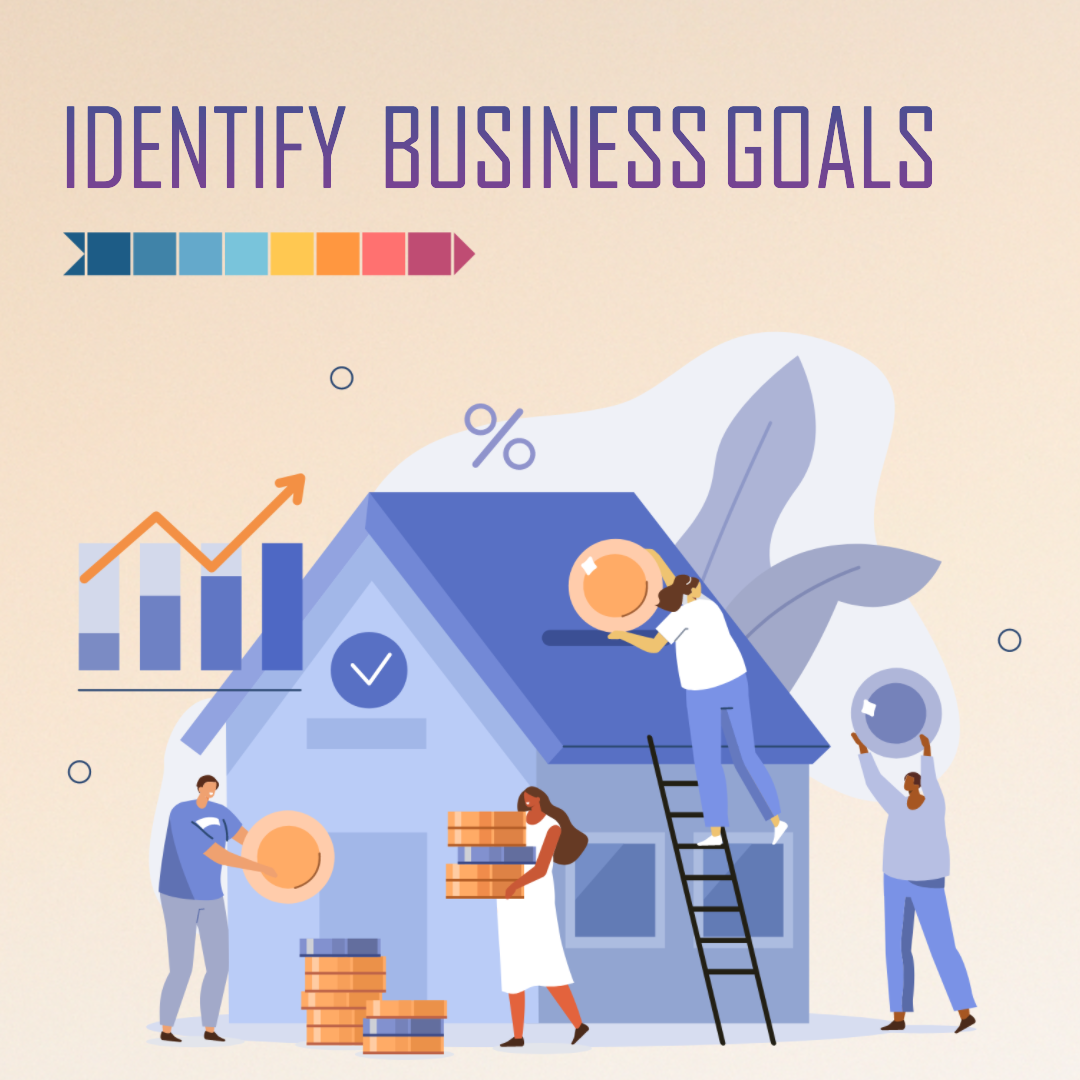
🎯To minimize the chances of adding the wrong items to your product backlog, it's crucial to have a verified product strategy in place, regardless of whether you're managing a new or existing product.
Business goals give a product direction and purpose, and the product backlog specifies the particular features and functionality necessary to meet those goals.
Having clear business goals ensures that the product backlog is prioritized and aligned with the overall team management and business strategy, enabling the product team to deliver a product that meets the needs of the business and its customers.
For example, when developing a fitness app, you should prioritize user retention as a business goal.
Features such as personalized workout plans, progress tracking, and social features that allow users to be connected and remain motivated should be included in the product backlog in order to reach this goal.
By focusing on user retention, the product team can identify features that are most likely to keep users engaged with the app.
Use a Prioritization Framework
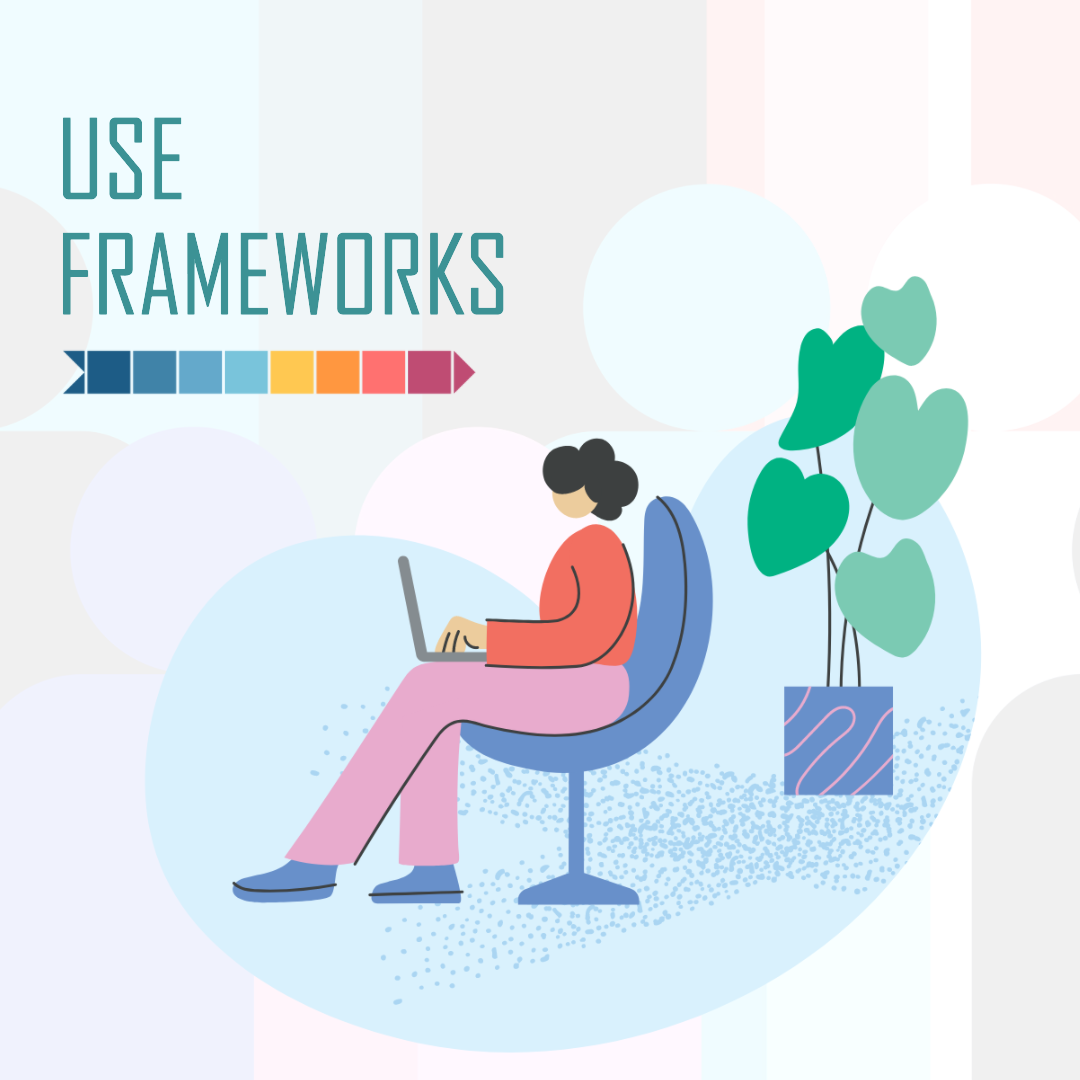
🔄One of the most effective ways to prioritize your product backlog in Agile is to use a prioritization framework. It is a set of criteria you use to evaluate and rank your product backlog items based on their importance.
Without a structured approach, the backlog can become a list of random thoughts and ideas, which can lead to confusion and inefficiency.
Applying prioritizing frameworks ensures that you're consistently aligning your backlog with your overall product goals.
There are many different prioritization frameworks to choose from, including the following.
RICE Scoring
It stands for Reach, Impact, Confidence, and Effort. It is a framework that helps you prioritize features based on their potential impact and feasibility. The RICE scoring model categorizes features into four categories.
Reach
Estimate the number of users that a feature will impact. The more users impacted, the higher the score.
Impact
What is the potential impact of a feature on the user experience or business goals? The higher the impact, the higher the score.
Confidence
State the level of confidence you have in the feature's potential impact. The higher the confidence, the higher the score.
Effort
Forecast effort required to implement the feature. The lower the effort, the higher the score.
To calculate the RICE score, you multiply the Reach, Impact, and Confidence scores and divide the result by the Effort score.
In short, the RICE scoring model helps you evaluate and prioritize features based on their potential impact, the number of users they will affect, your confidence in their potential impact, and the level of effort required to implement them.
Kano Model
Kano model categorizes features as Basic, Performance, and Delighters.
Basic features are essential for the product to function and meet the customer's minimum requirements.
Performance features enhance the product's performance and provide additional benefits to the customer.
Delighters are features that exceed the customer's expectations and provide a unique selling point for the product.
This will allow you to focus on delivering the most potent features and ensure you're meeting your customer's needs and expectations.
In short, this framework helps you identify which features are basic expectations, which features are performance enhancers, and which features are welcoming additions or delighters to make the biggest effect on user satisfaction.
Value vs. Complexity
Value vs. Complexity framework helps you prioritize features based on their value and complexity.
The rule of thumb is to apply time tracking for best estimates and focus on features that are high value but low complexity to ensure you can deliver them quickly and efficiently.
In short, the value vs complexity prioritization framework is effective because it helps product teams prioritize features that deliver the most value while minimizing complexity.
Weighted Shortest Job First (WSJF)
WSJF framework helps you prioritize features based on their cost of delay, business value, and job size.
In short, considering these key elements, you can concentrate on features that will make the most significant difference with minimal effort.
Keep Your Backlog Flexible
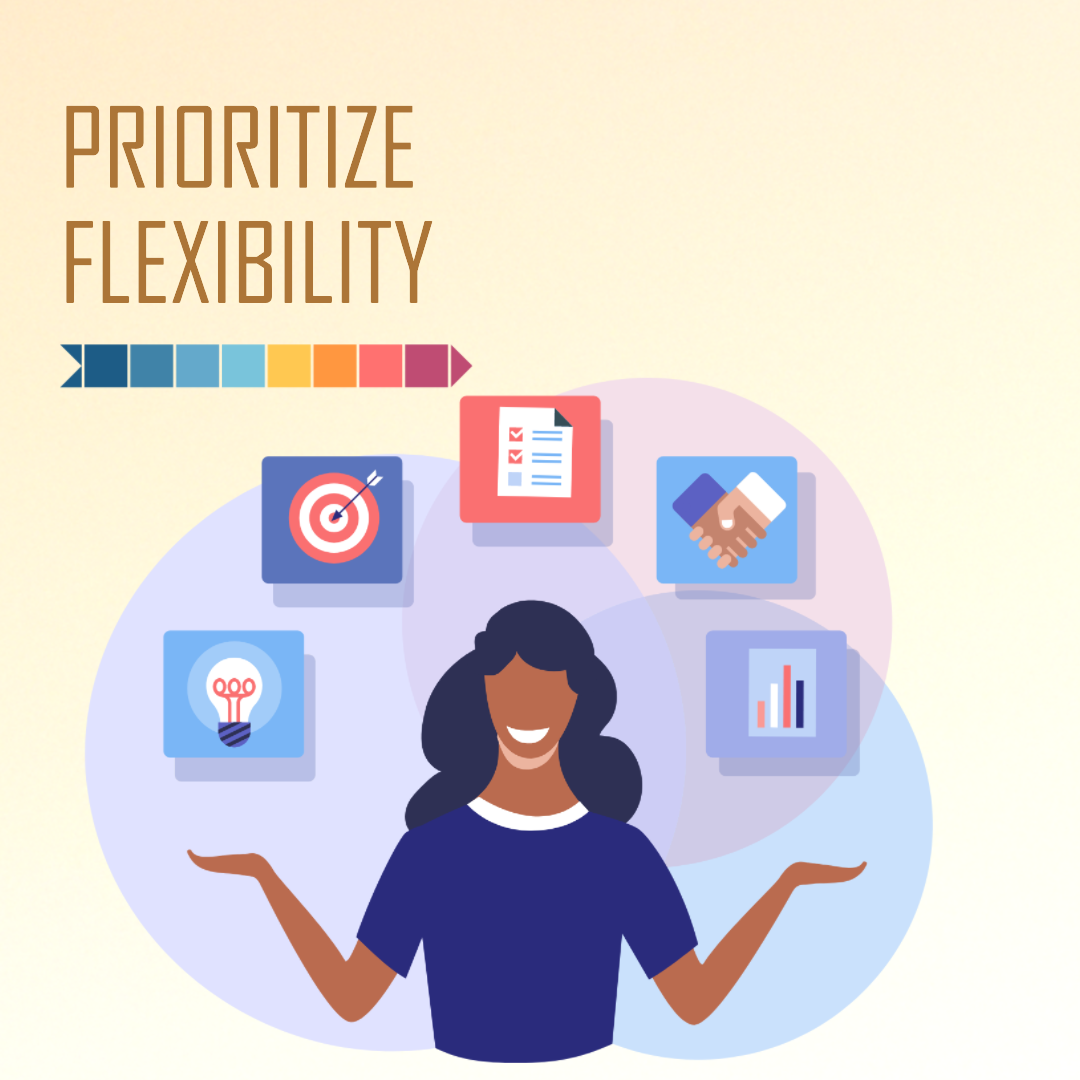
🌱Prioritizing your product backlog is key, but it's equally important to keep it flexible and adaptable.
How it goes: As you gain more insight into your users and business goals, you may need to re-evaluate your backlog items, and unforeseen challenges could require a change in priorities – for instance, a security breach that needs urgent fixing, demanding immediate attention to your backlog order.
Collaborate with Your Team
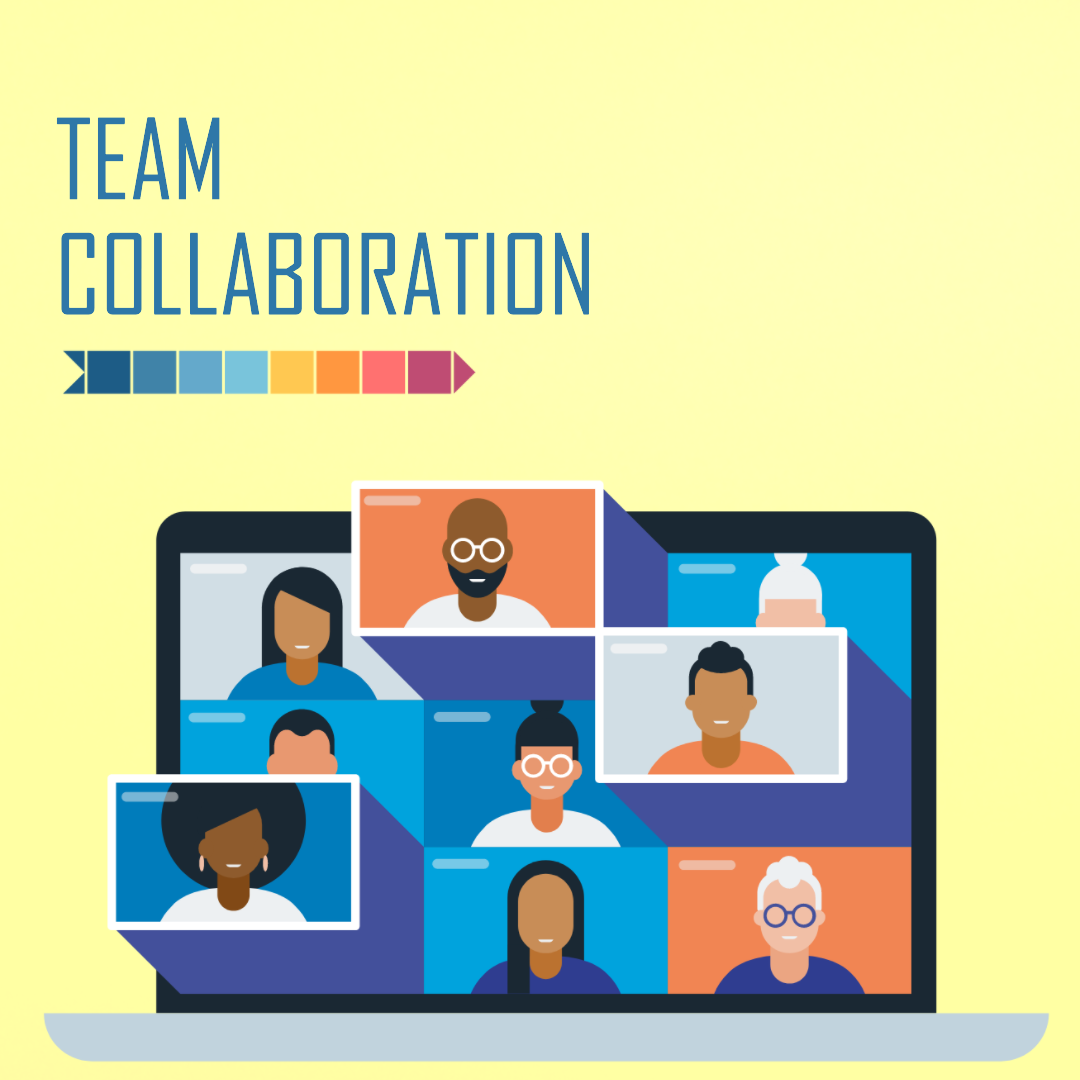
👥💬Prioritizing the backlog items helps to maximize the product team's ability to create value.
However, prioritizing your product backlog isn't something you should do alone. It's essential to collaborate with your team, including developers, designers, and other stakeholders.
Specifically, a well-functioning system for feedback from stakeholders guarantees alignment with the overall business strategy. As per the words of Jens-Fabian Goetzmann:
Involving stakeholders in product discovery has several benefits: firstly, teams that have diverse perspectives of the problem will find better solutions.
To ensure effective management of the product backlog, collaborate with your team by:
🌟involving them in the process
🌟 refining the product backlog
🌟 evaluating backlog items against value and complexity.
Conclusion
🎬To ensure a successful product launch, product owners and project managers should prioritize tasks and create a well-structured product backlog.
This involves gaining a deep understanding of user needs and aligning them with business objectives while working closely with the product team to assess and prioritize backlog items according to their significance.
By adhering to the principles outlined above, product teams can streamline their workflow and develop a product that caters to their customer's needs at best.

